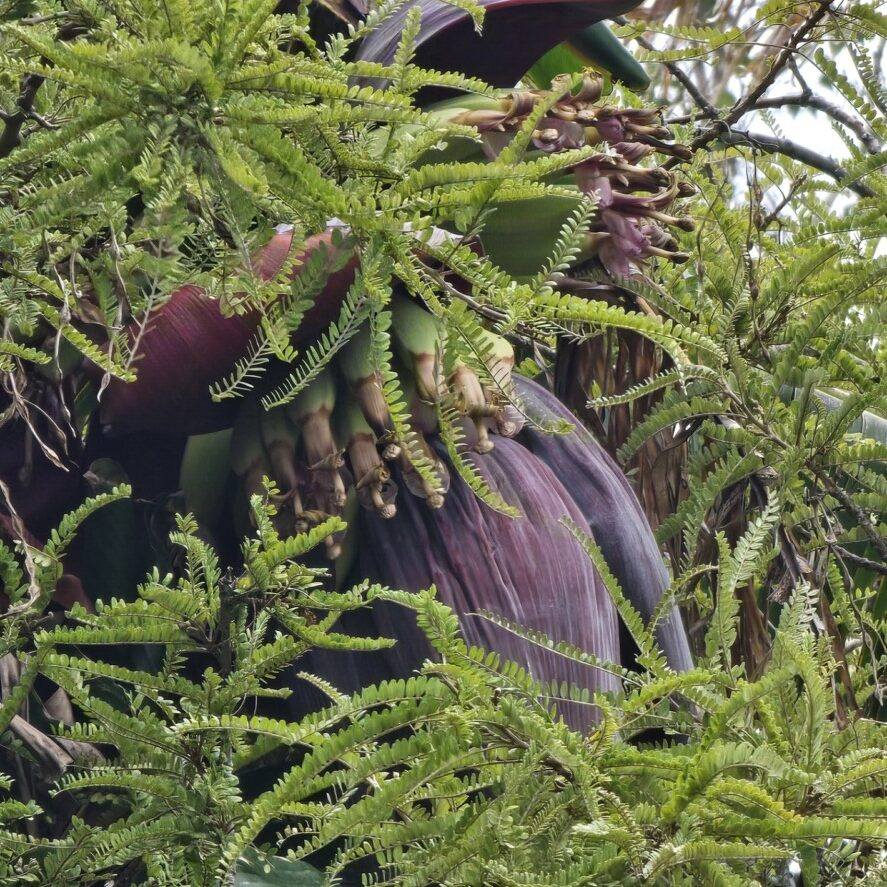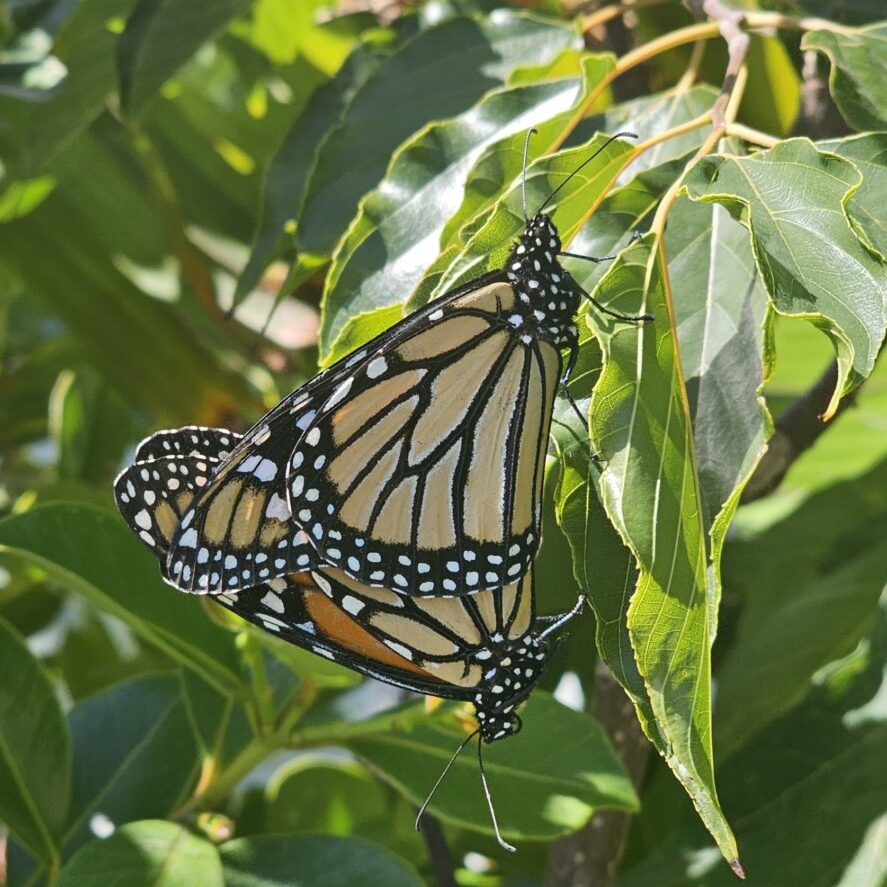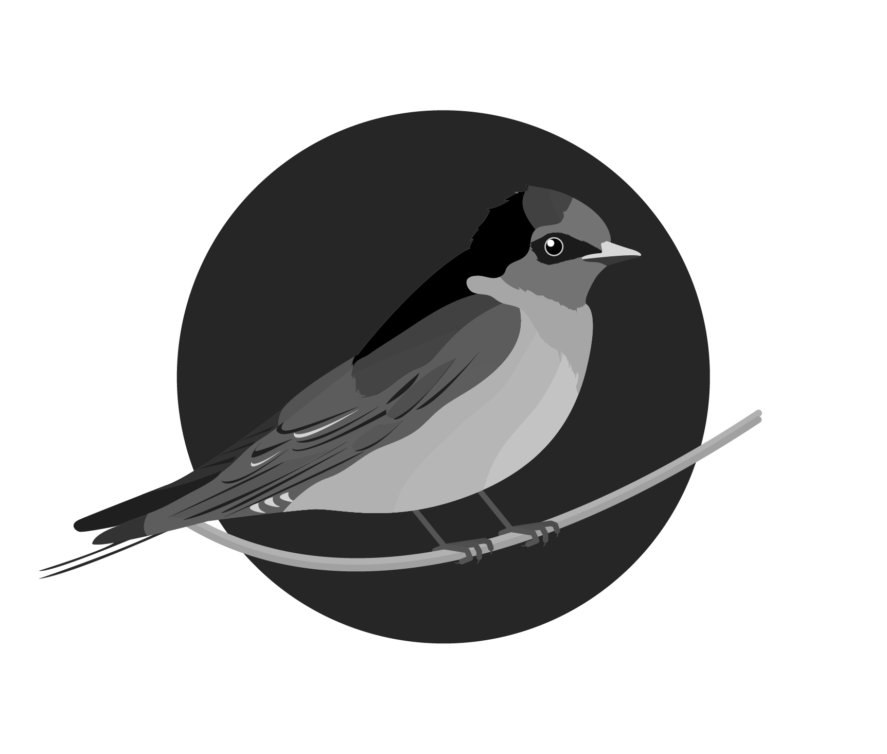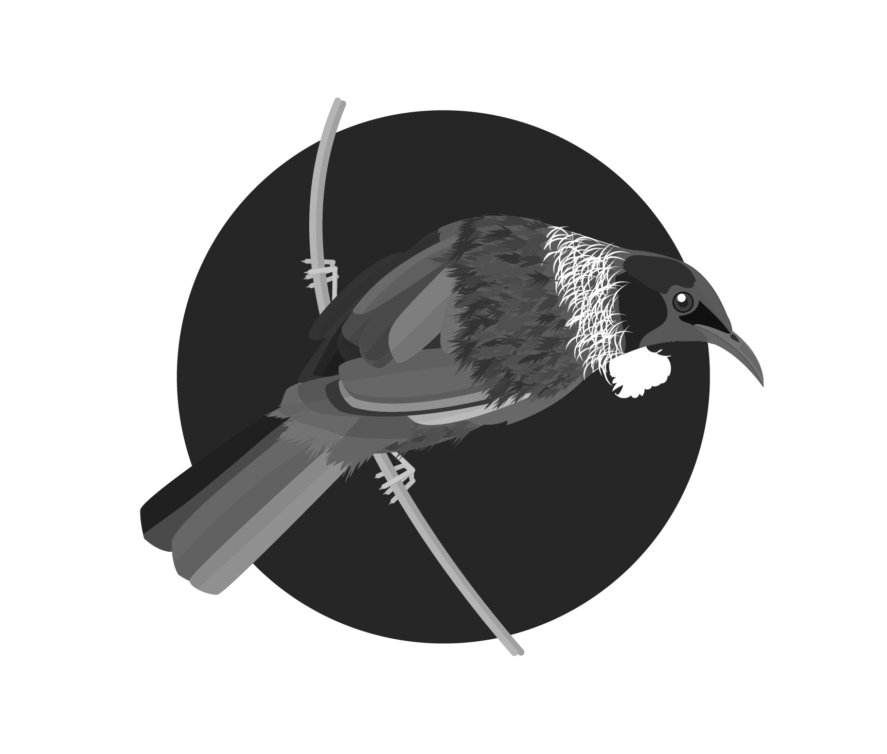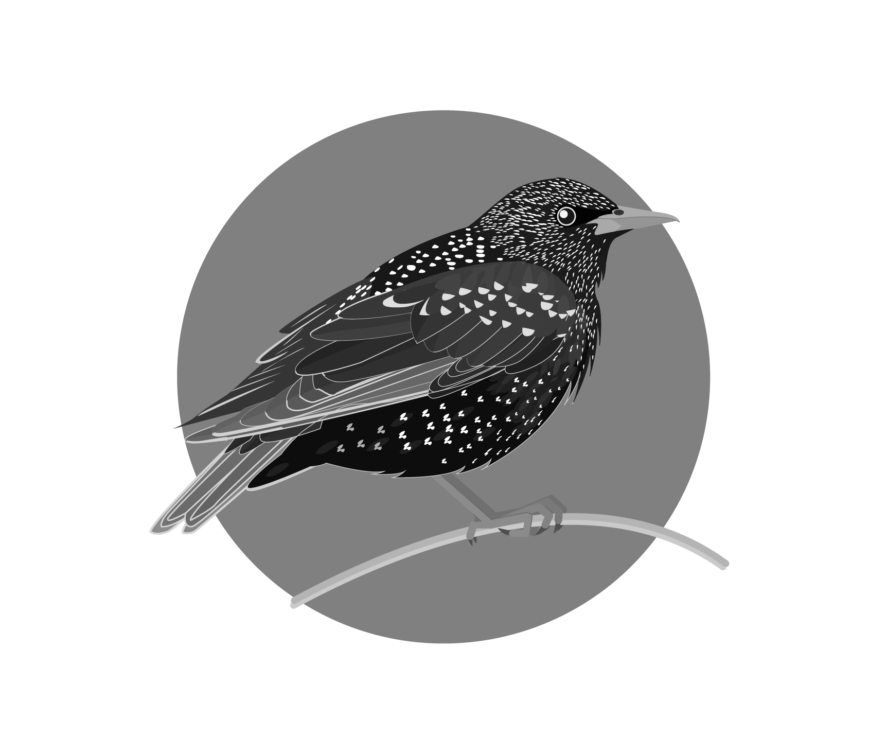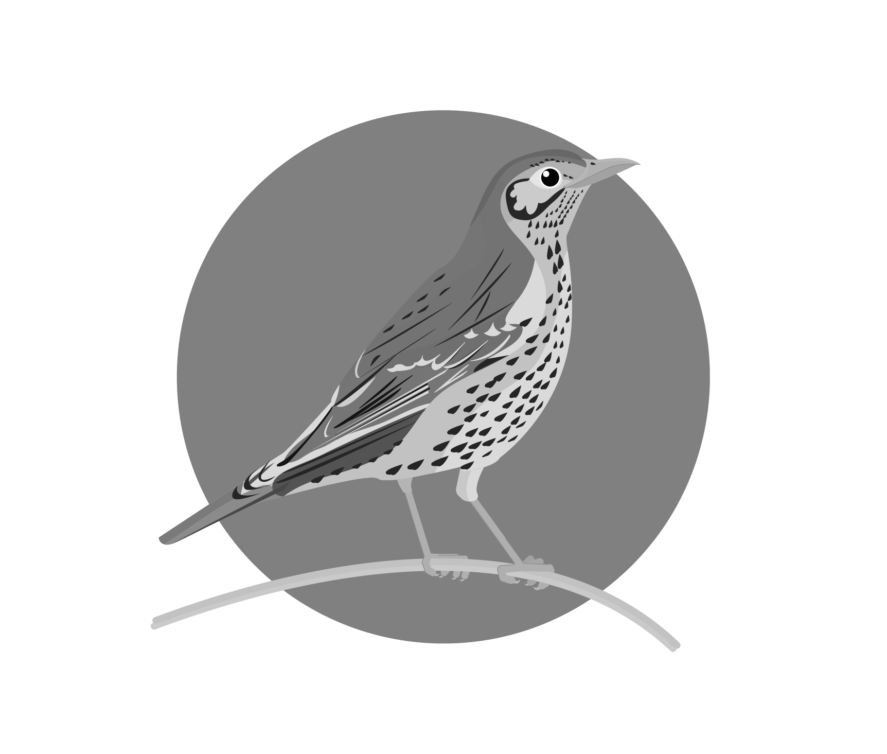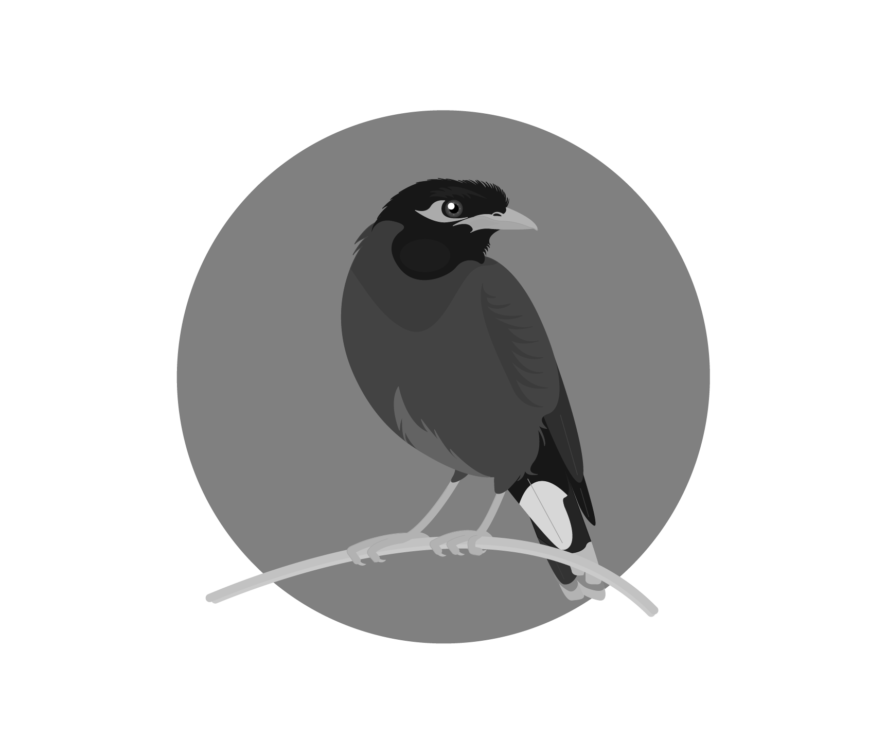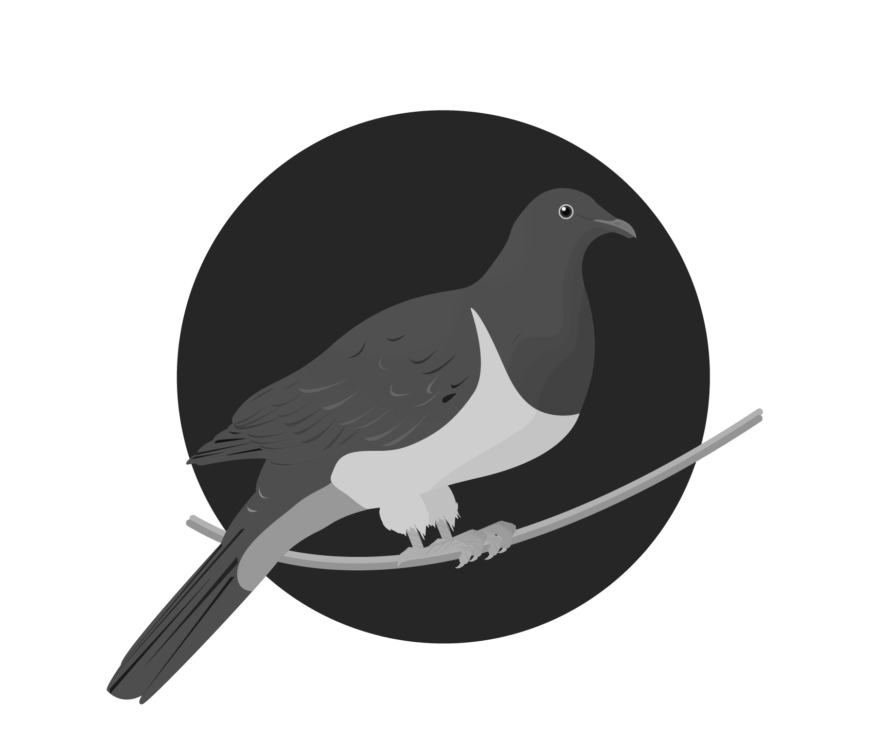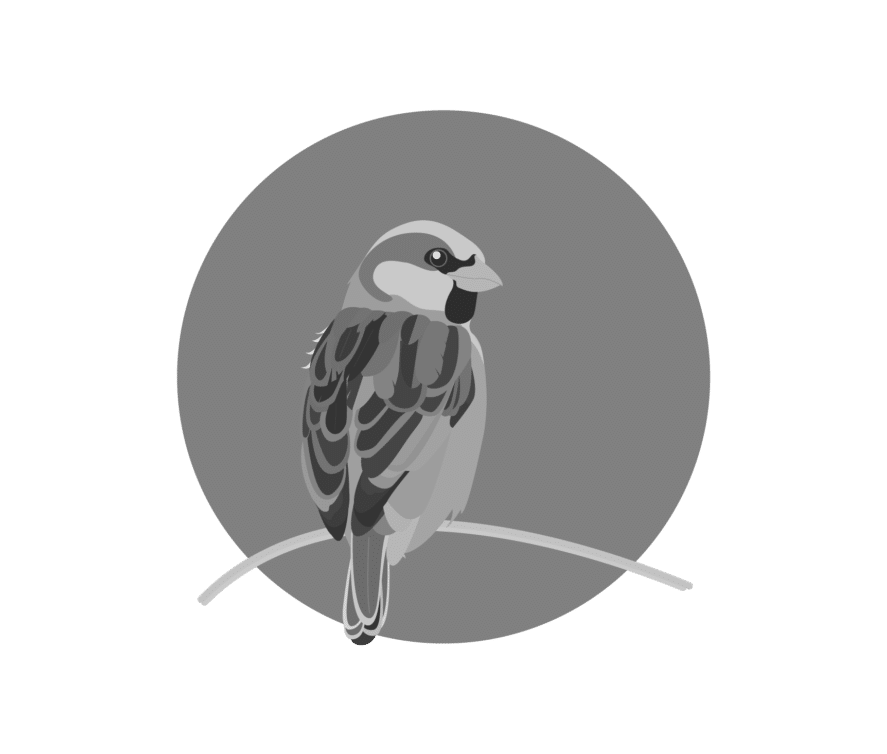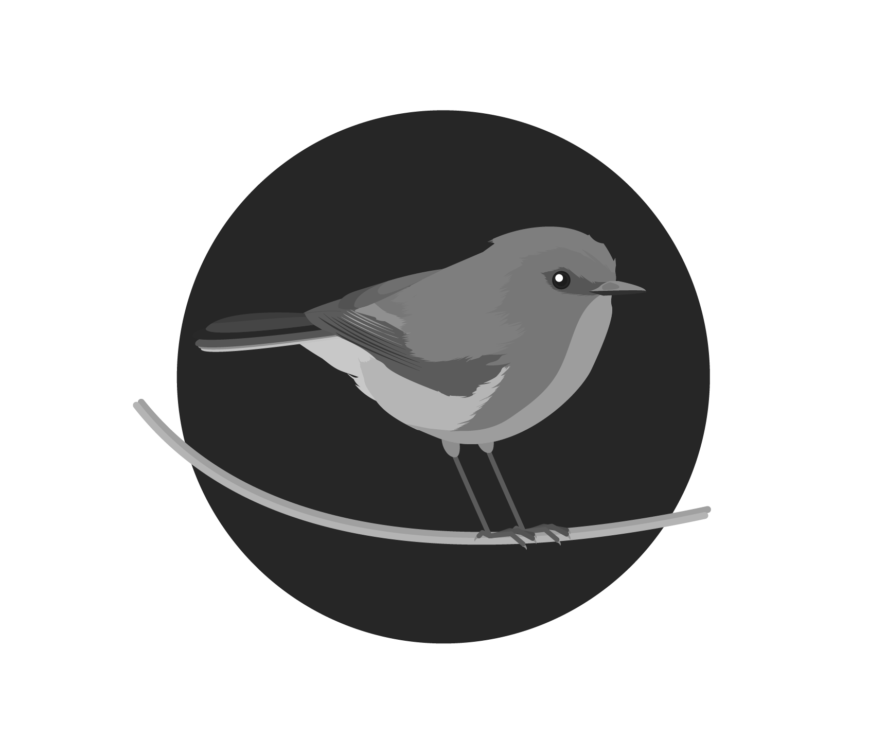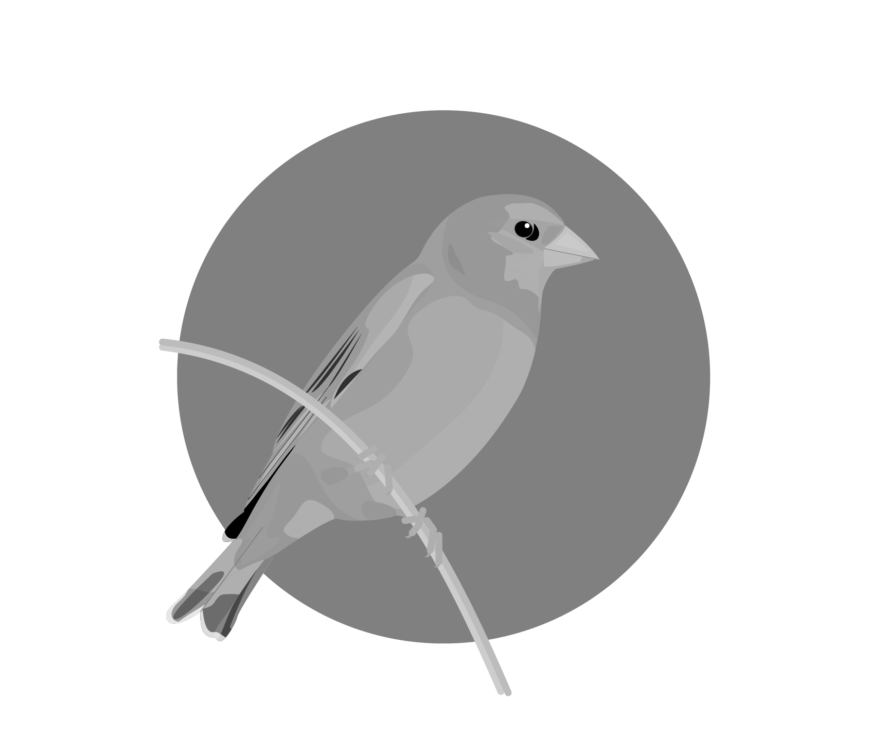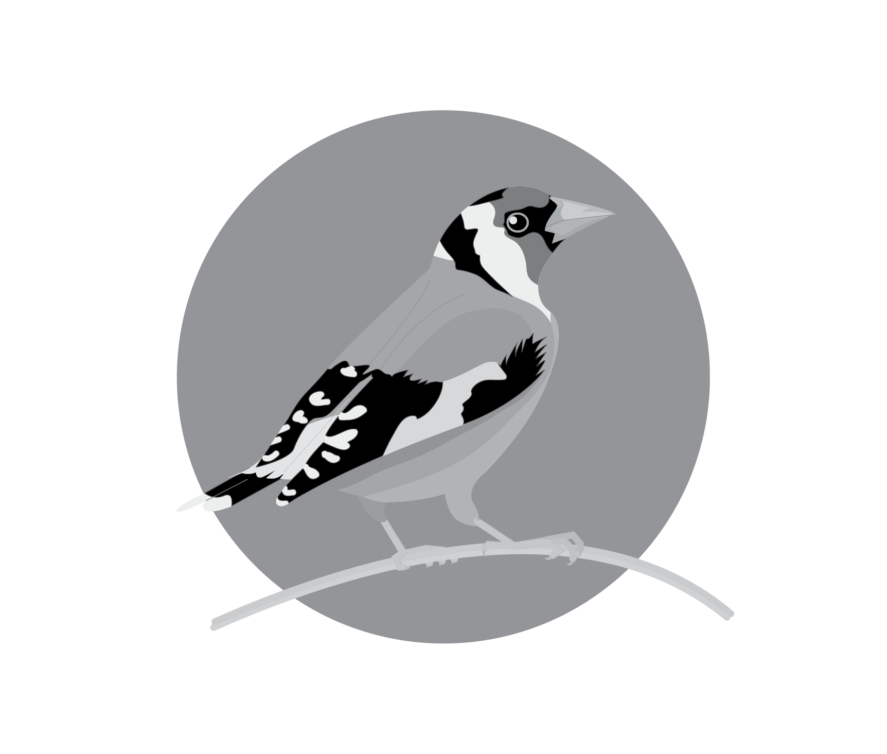-
Troppo Plant & Garden Articles
- Te Puke Region
- TROPPO’s Food Forest in Te Puke, BOP (www,foodforest.org.nz)
- Troppo’s Plant Collection
- TROPPO's Nursery Directory
- Food Forests of New Zealand (www.foodforests.nz)
- Nursery Map - Plant Suppliers of NZ Directory (www.nurserymap.nz)
- Kids Garden Corner
- New Zealand Garden Bird Survey
- New Zealand Garden Groups
- Delicious Recipes
Silvereye
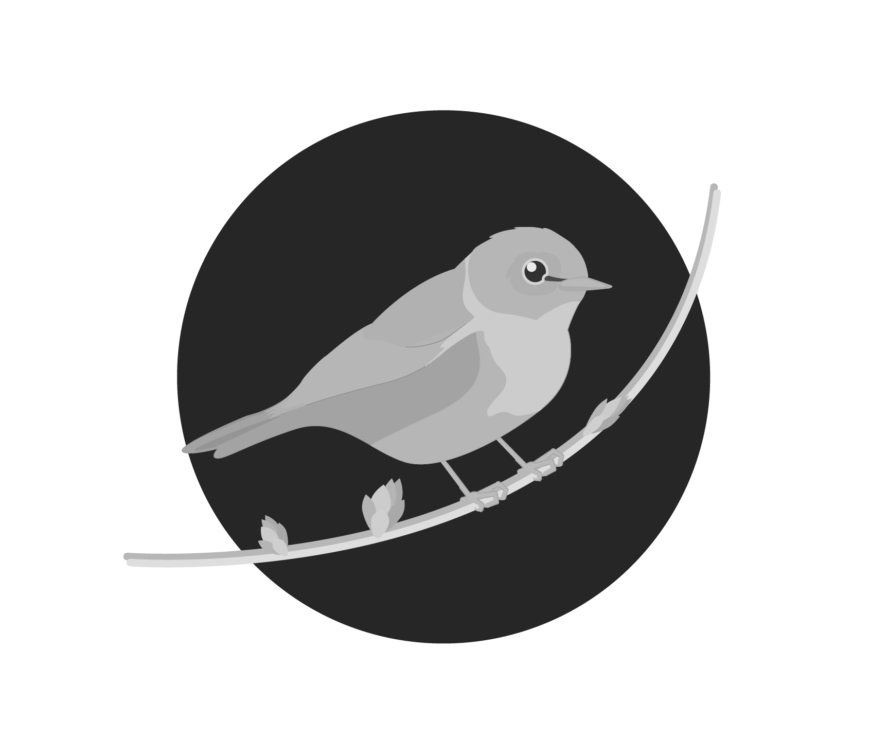
The Charming Silvereye of New Zealand
The Silvereye (Zosterops lateralis), also known as the Wax-eye, is a small, attractive bird native to New Zealand. Recognizable by its distinctive white eye-ring, the Silvereye is a common and endearing presence in gardens, forests, and urban areas across the country.
Appearance
Silvereyes are small birds, measuring about 12 cm in length. They have olive-green upperparts, a grey belly, and a distinctive white ring around their eyes. Their wings have a yellow-tinged edge, and their beaks are slender and pointed. Both males and females share similar plumage, making them difficult to distinguish based on appearance alone.
Habitat and Distribution
Silvereyes are widespread throughout New Zealand, inhabiting a variety of environments including native forests, gardens, parks, and urban areas. They are highly adaptable and can be found from sea level to mountainous regions. Their ability to thrive in diverse habitats has contributed to their widespread presence.
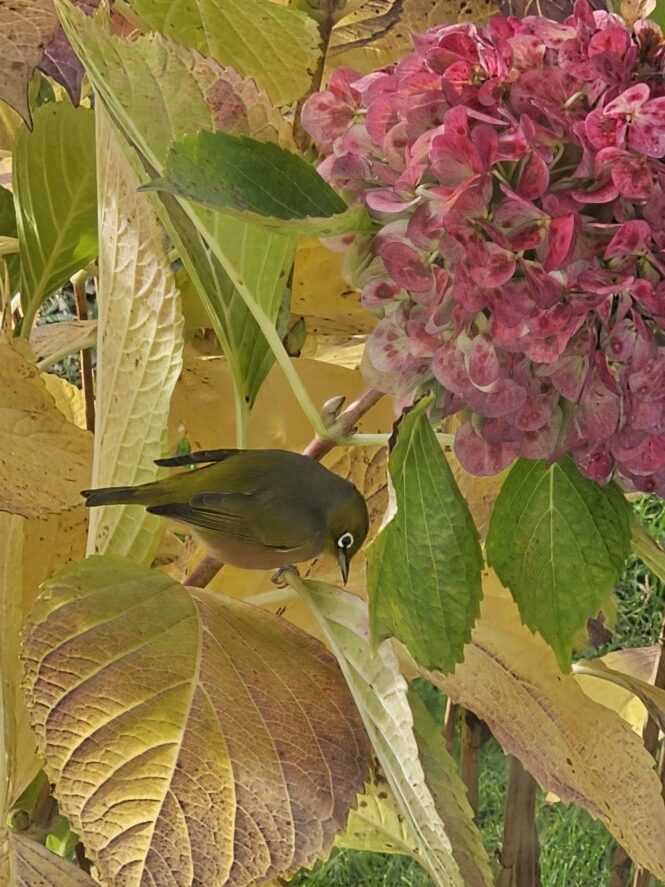
Photo credit: Stephen Fawcett
Diet
The diet of Silvereyes is varied, consisting of insects, fruits, and nectar. They play a significant role in pollination and seed dispersal, especially for native plants. In gardens, they are often seen feeding on berries and small fruits. During the winter months, they may also visit bird feeders for additional food sources.
Behavior and Song
Silvereyes are social birds, often seen in flocks, especially during the non-breeding season. They are active and agile, constantly flitting about in search of food. Their song is a pleasant series of high-pitched, warbling notes. They also communicate with a variety of calls and chirps, adding to the vibrant soundscape of their habitats.
Breeding
The breeding season for Silvereyes in New Zealand typically runs from September to February. They build small, cup-shaped nests in trees or shrubs, often hidden among dense foliage. The female lays 2-4 eggs per clutch, and both parents share the duties of incubation and feeding the chicks. Silvereyes are known to be attentive and protective parents.
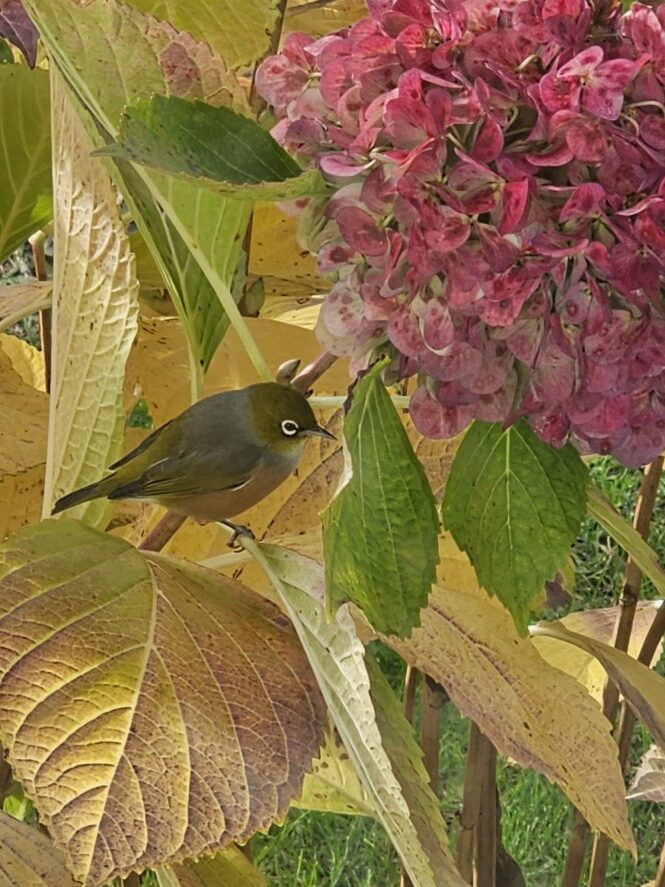
Photo credit: Stephen Fawcett
Conservation Status
The Silvereye is not considered threatened in New Zealand and has a stable population. Their adaptability and varied diet help them thrive in different environments. However, habitat destruction and predation by introduced species such as rats and stoats can pose risks to their populations.
Conclusion
The Silvereye is a delightful and important part of New Zealand’s avian community. Its distinctive appearance, pleasant song, and ecological role make it a favorite among birdwatchers and gardeners. Protecting their habitats ensures that these charming birds continue to thrive and contribute to the biodiversity of New Zealand.

